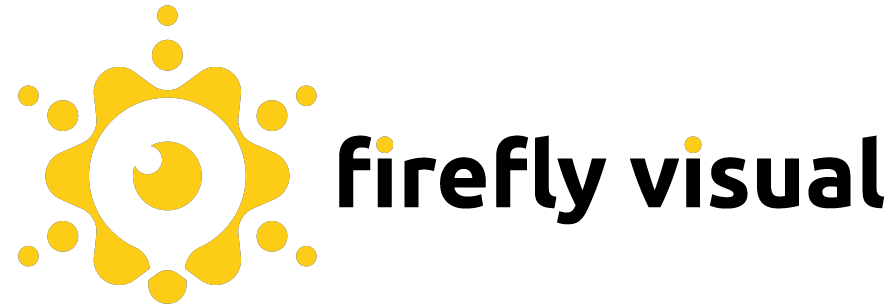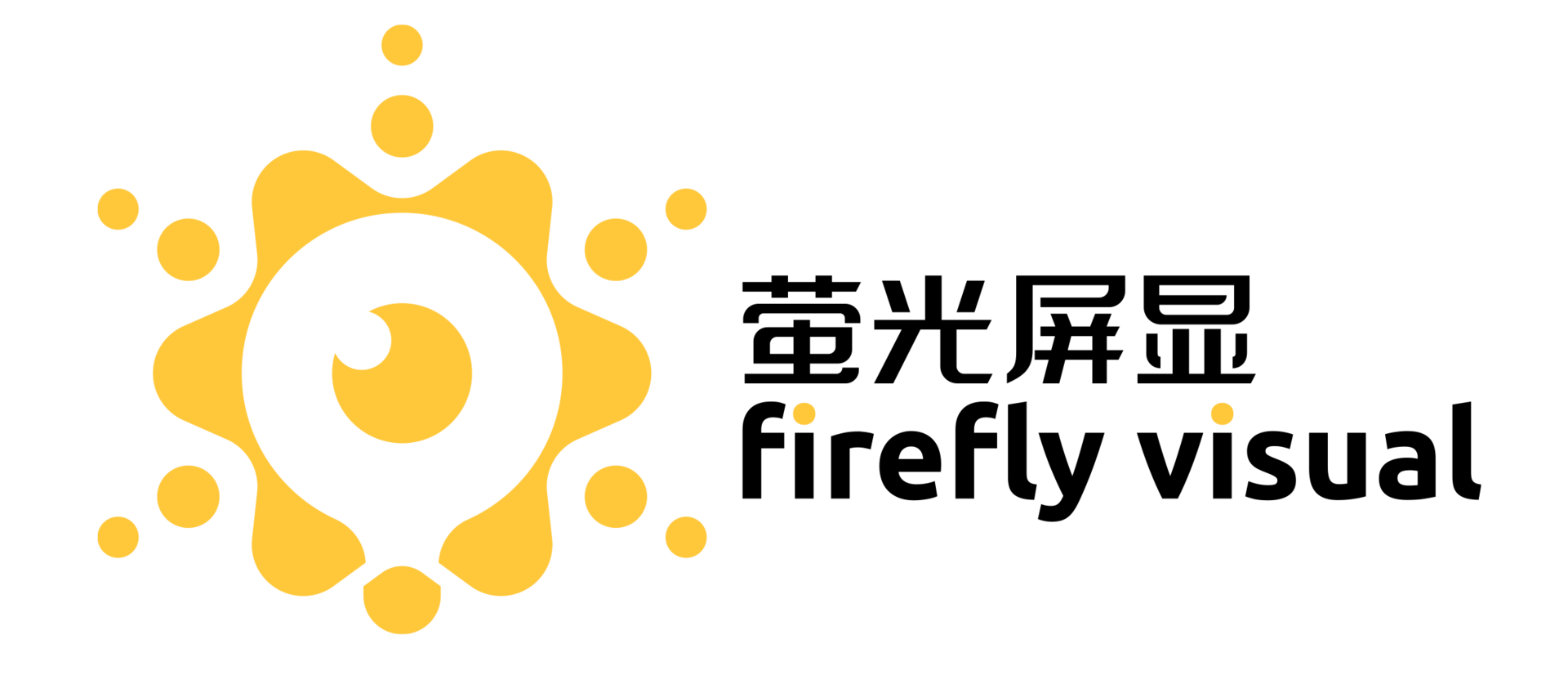Sign in/Register

Sales chances & Tech support
Industry FAQ
BASIC KNOWLEDGE OF LED INDUSTRY
What is LED?
LED is the English abbreviation of Light Emitting Diode (Light emitting diode). The "LED" in the display industry refers to light emitting diodes that can emit visible light.
What is a pixel?
"Pixel" (Pixel Picture (image) and Element (element) composed of the letters of the two words, is a unit used to calculate digital images, a pixel is usually regarded as the smallest complete sample of the image.
What is a pixel?
The smallest light-emitting pixel of the LED display has the same meaning as the "pixel" in the ordinary computer monitor; our real pixel products generally 1GIR1B is a pixel.
What are DIP, SMD and SMT?
DIP is the abbreviation of Double In-line Package, double in-line package. In the display unit board circuit, DIP packages include in-line LED lights, capacitors, etc.
SMT stands for Surface Mounted Technology (abbreviation for Surface Mounted Technology), and is currently the most popular technology and process in the electronic packaging industry. SMD is Surface Mounted Device (abbreviation for Surface Mounted Device)
What is luminous brightness?
The intensity of light emitted per unit area of the LED display, in cd/m2, is simply the intensity of light emitted by a square meter of display.
What is the maximum brightness?
Under a certain ambient illuminance, the brightness value displayed by each primary color of the LED display at the maximum brightness and maximum gray level.
What is a PCB board?
PCB is a printed circuit board (Printed Circuit Board), an important electronic component, a support for electronic components, and a provider of electrical connections for electronic components. Because it is made by electronic printing, it is called " A printed circuit board.
What is contrast?
Under a certain environmental illumination, the measurement of different brightness levels between the brightest white and the darkest black in the bright and dark areas of the LED display
What is the refresh rate?
That is, the number of times the image on the screen appears per second, and its unit is Hertz (Hz). The higher the refresh rate, the smaller the image flicker on the screen and the higher the stability.
What is the viewing angle?
There are two viewing angles: one is the angle of the LED light; the other is the angle of the screen. The angle of the LED is the angle between the two observation directions on the same plane and the normal direction when the maximum brightness of the viewing direction drops to 1/2 of the normal direction of the LED display. After testing, our LED light-emitting angle is : Outdoor: 120°/60°, indoor: 140°/140°. The angle of the screen is the angle at which the brightness of the three colors of R, G, and B in a pixel point is mixed into the brightness of white light.
What is an LED display module?
The basic unit that is fixed by the circuit and the installation structure, has the display function, and can realize the display function through simple assembly.
What is three in one? What are its advantages and disadvantages?
It means to encapsulate the LED chips of three different colors of R, G, B in the same gel; the advantages are: simple production, good display effect, large viewing angle; disadvantages: difficult to separate light and color, and high cost
What is white balance? What is white balance adjustment?
White balance is an indicator that describes the accuracy of the white color after the red, green, and blue primary colors are mixed and generated in the display, that is, the brightness of the three colors of R, G, and B is the balance of the ratio of 3:6:1: G, B three kinds The adjustment of the brightness ratio of the color and the white coordinate is called white balance adjustment: the white balance requires that the three primary colors are synthesized under the same adjustment value and still be pure white. For the LED, the general IC will design and adjust the current size. Function, so that different batches of LEDs can achieve the same white light effect.
What is a static drive? What is a scan driver? What is the difference between the two?
The “point-to-point” control from the output pin of driving 1C to the pixel is called static driving. The control of “point-to-column” from the output pin of driving 1C to the pixel is called scan driving. It requires a row control circuit: It can be clearly seen on the drive board that the static drive does not require a line control circuit. The performance is high, but the display effect is good, the stability is good, and the brightness loss is small. Small effect is poor, stability is poor, degree loss is large, etc.
What is constant current drive? What is constant voltage drive?
Constant current refers to the constant output current value specified during the design in the working environment allowed by the drive 1C, but the voltage refers to the constant output voltage value specified during the design within the working environment allowed by the sitting IC.
What is a synchronous system and what is an asynchronous system?
Synchronous and asynchronous are relative to the computer. The so-called synchronous system refers to the LD display control system that displays the contents on the display screen and the computer display synchronously; the asynchronous system refers to the pre-stored display data edited by the computer In the display control system, the normal display of the ED display screen will not be affected after the computer is turned off. Such a control system is an asynchronous system.
What is MTBF?
MTBF, the mean time between failures, the full English name is "Mean Time Between Failure" is a measure of the reliability of a product (especially electrical products), the unit is "hour". It reflects the time quality of the product and reflects the ability of the product to maintain its function within the specified time. Specifically, it refers to the average working time between two adjacent failures, also known as the average interval between failures
The life of the display screen refers to the working time required when the brightness of the display screen reaches 50% of the initial brightness
The mean time between failures of our display is 10,000 hours, and the life of the display is 100,000 hours
What is the IP protection level?
According to the International Electrotechnical Commission standard IEC529-598 and the national standard GB7000-96, classification is based on the degree of protection against foreign bodies and water intrusion, such as IP65. The first digit corresponds to the level 6 in (1), which means that it is completely dustproof. The second digit corresponds to level 5 in (2), which means that water sprays are prevented from entering, and the rest can be deduced by analogy.
What is the ambient temperature for use?
The display environment temperature is a physical quantity that indicates the degree of coldness and heat of the environment. The working environment temperature of our display screen: -20~50℃, the best working temperature is room temperature 20℃. Generally, outdoor screens are required to be equipped with air conditioners to make the screen work in a more suitable temperature range and extend the service life of the screen.
What is the use environment humidity?
A physical quantity indicating the degree of air dryness. At a certain temperature, the less water vapor contained in a certain volume of air, the drier the air; the more water vapor, the more humid the air. The degree of dryness and humidity of the air is called "humidity". In this sense, it is usually expressed by physical quantities such as absolute humidity, relative humidity, comparative humidity, mixing ratio saturation difference, and dew point; if it means that the weight of liquid water in wet steam accounts for the total weight of steam The percentage is called steam humidity. The working relative degree of our display screen is: 10%-90%

Please leave a message
FIREFLY VISUAL
PINGSHAN, SHENZHEN, CHINA
E-mail: info@firefly-visual.com
